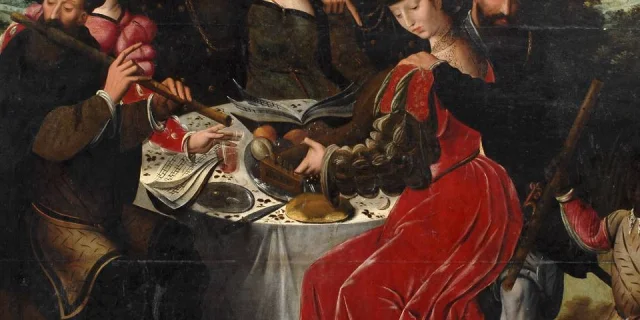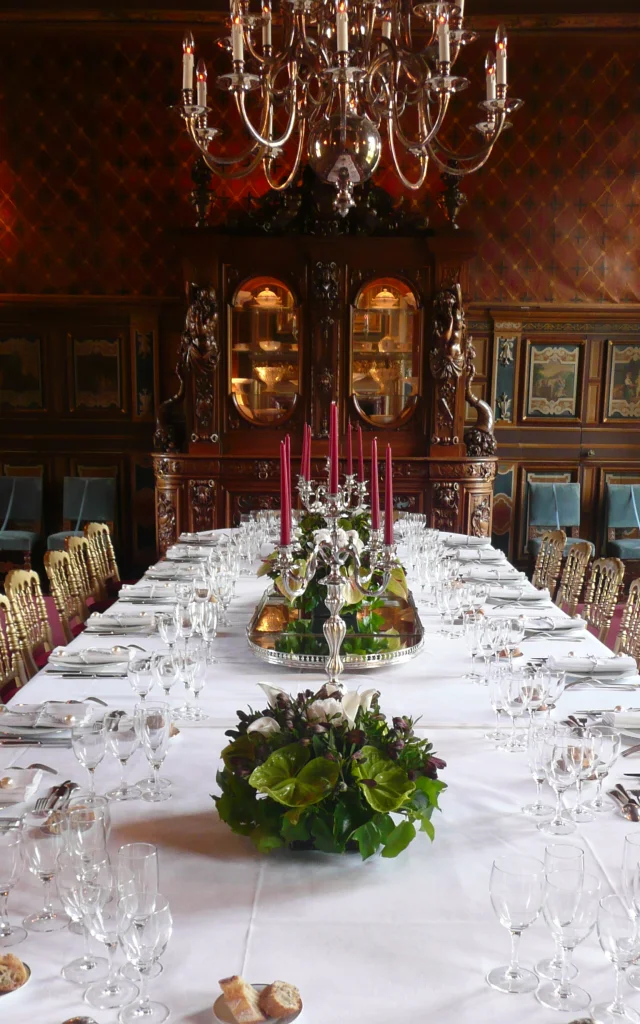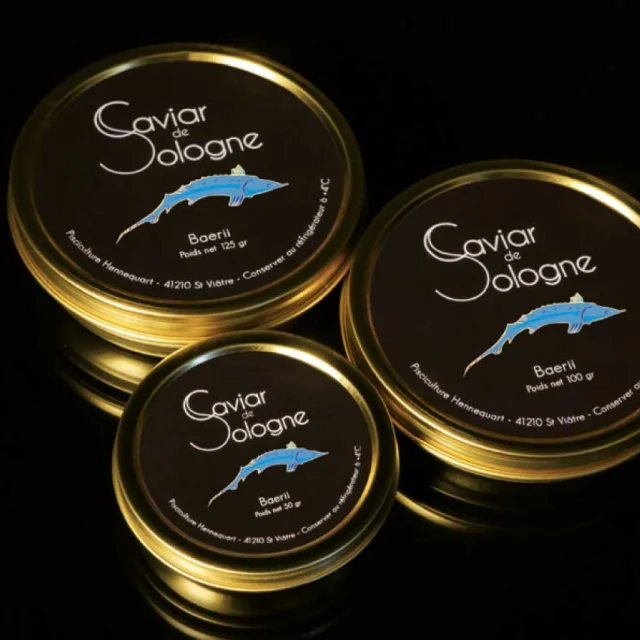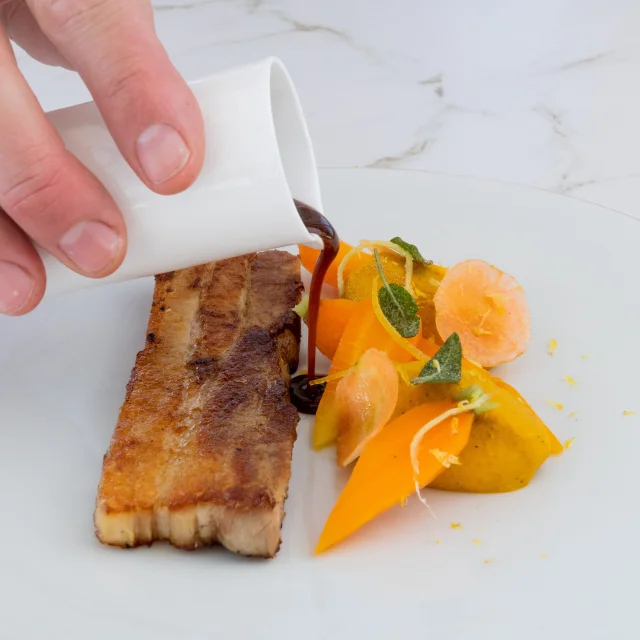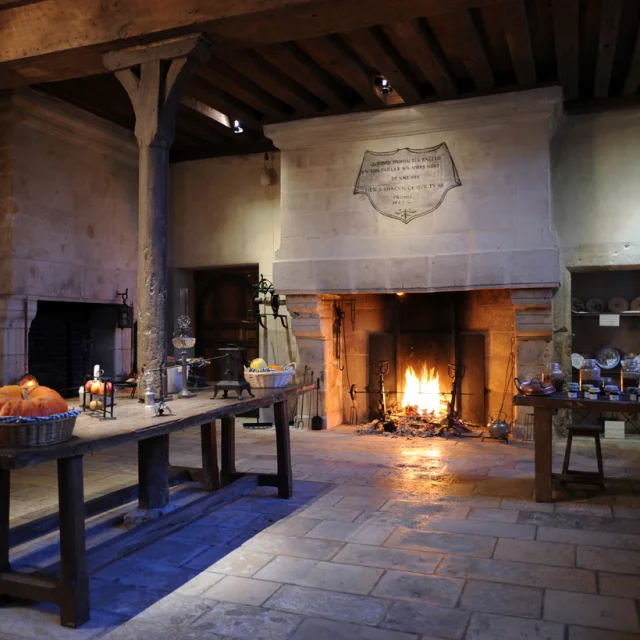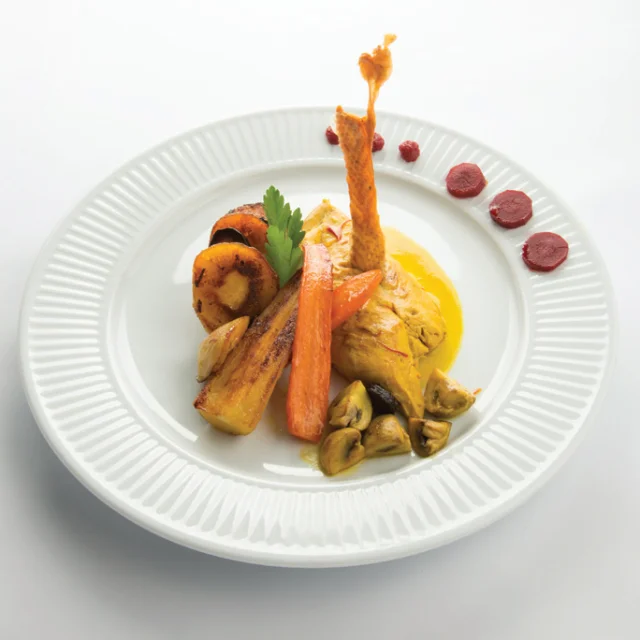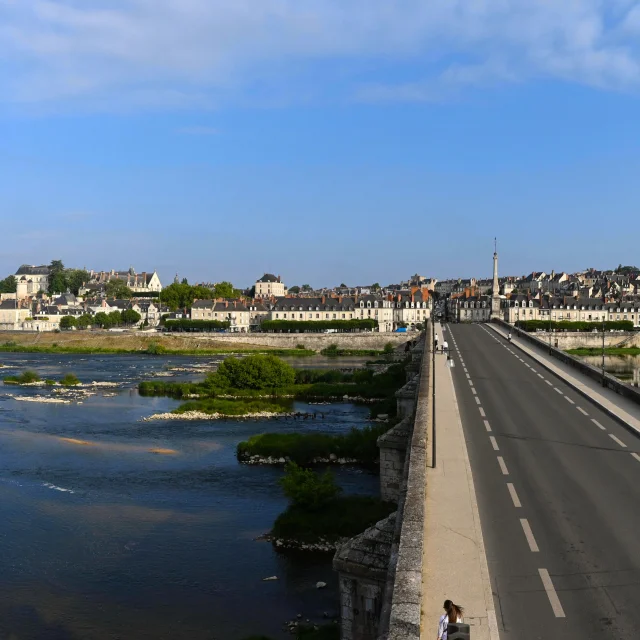Élisabeth Latrémolière, Chief Curator and Director of the Château Royal and Museums of Blois, reveals the codification of the sovereign’s meal, which became a spectacle during the Renaissance.
What was the role of the meal at the Valois court?
On special occasions, the purpose was not to eat, but to socialize. The sovereign or prince staged the meal in front of his court, especially under Henry III, who had a set of rules drawn up to govern the princely meal. His aim was to re-establish royal majesty, which had been damaged by the Wars of Religion.
What was the protocol for the meal?
As early as 1574, Henri III departed from the familiarity that had existed between the king and his subjects under François I and Henri II. Mounted on a dais, his table was separated from the court. Dishes arrive in procession, carried by panetiers, échansons, écuyers tranchants and fruitiers, preceded by a maître d’hôtel.
They arrive in waves, and are placed on the table at the same time. You take what’s in front of you, and only the king has the right to see all the dishes. Several courses are served in succession: appetizers, with sweet and savory pastries; soups, with boiled meats; roasts; and dessert, with sweets served in a separate room. Wine, cut with water, is brought in by the beverage service.
Outside of the main ceremonies, how often are meals served?
There are two meals a day: one at the end of the morning, called dinner, and the other at the end of the afternoon, called supper. In the morning, you don’t eat until you’ve taken communion – the first meal is Christ’s meal. At the courtyard, there are snacks throughout the day, where we eat sweets.
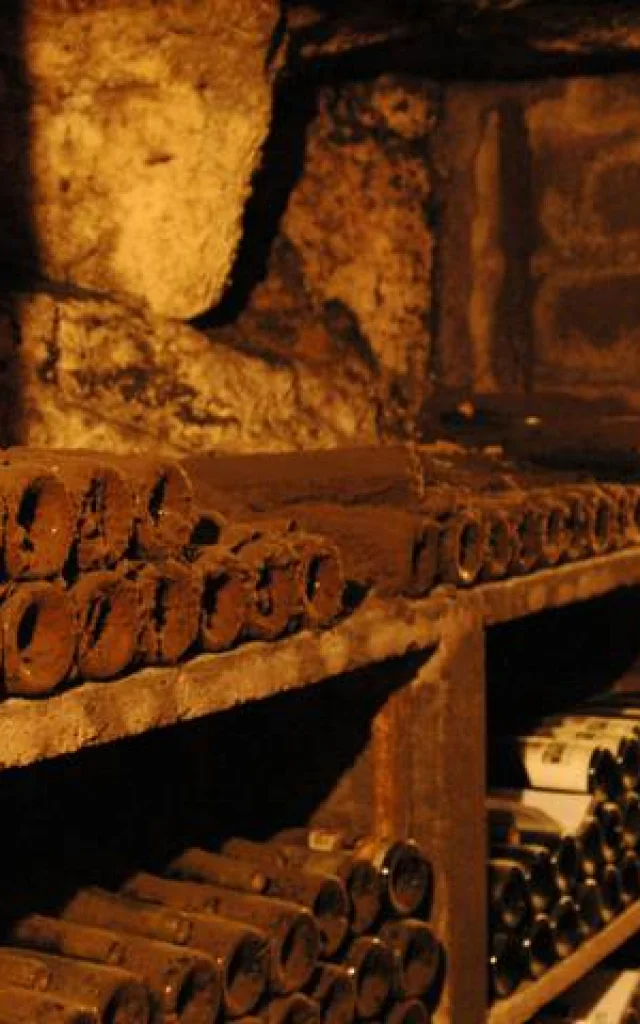 1657899322 1558361579
1657899322 1558361579